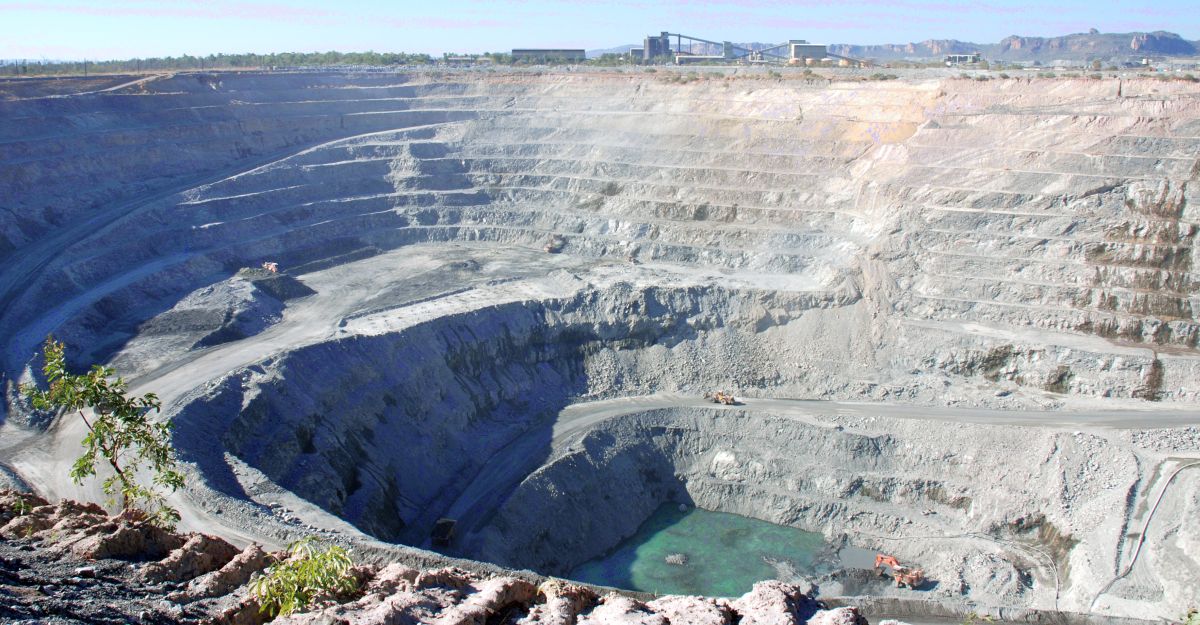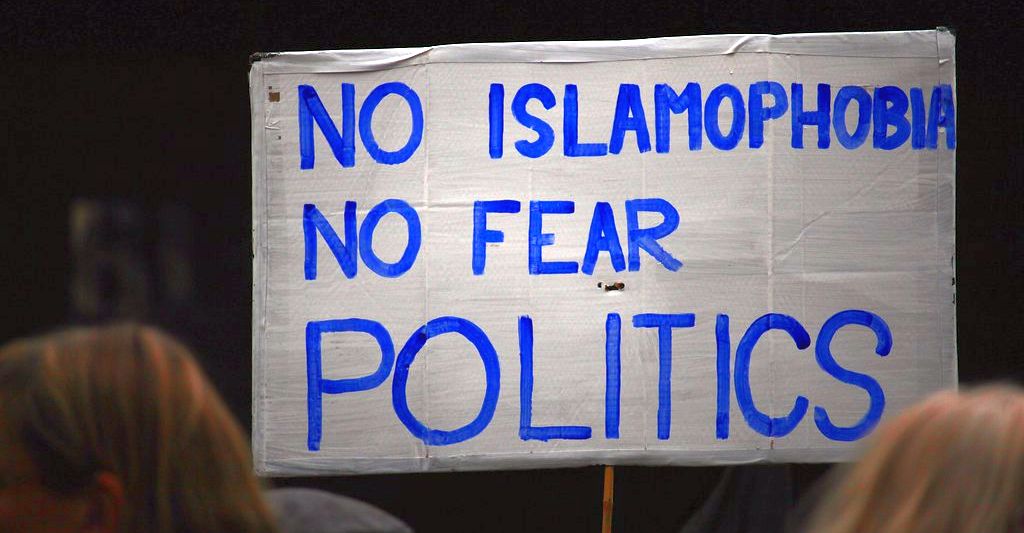Since ISIS became a household name in 2014, the west has voiced universal outrage regarding the virulent persecution of Yazidis due to their ethnic and religious difference. The term ‘genocide’ has been used with increasing enthusiasm to characterise targeted atrocities against Christians, drawing potent analogies to Rwanda or Bosnia to motivate urgent action. Even US Secretary of State John Kerry has now described brutal attacks on Christians in Syria and Iraq as ‘genocide’.
Yet the Hazara people of Afghanistan have faced a similar plight to the Yazidis since the Taliban came to rule the country in 1996. Ushering in a reign of terror against ethnic Hazaras, Taliban governor Mullah Manon Niazi reportedly declared that ‘Hazaras are not Muslim. You can kill them. It is not a sin.’ The Hazara people, along with their culture, language and religion, have been persecuted ever since. Last year was the deadliest on record for the country’s civilians.
Recently, Australia’s Immigration Minister announced the impending deportation of a fifth Hazara asylum seeker back to Afghanistan since late 2014. In Europe, Syrians and Iraqis are being waved through while Afghanis are rejected at the border or repatriated. Why do we value some lives more than others?
The Hazara are the third-largest ethnic group in Afghanistan after the dominant Pashtuns and Tajiks, making up an estimated 9 to 20 per cent of the population. Hazaras are Shia, not Sunni like approximately 80 per cent of Afghanis, and are thus widely considered heretics. The majority of the Taliban are ethnically Pashtun who speak Pashto. Hazaras speak Dari, a dialect of Persian. They are thought to be ethnically descendent from Mongolians and Turks due to their distinctive physical appearance, and are often easily discernible from people of other Afghani ethnic groups.
The persecution of Hazara really began in the nineteenth century during the reign of Amir Abdul Rehman, a Pashtun. After consolidating his power, the amir declared jihad on Shiites in order to conquer the largely autonomous province of Hazarajat. In 1892, Abdul Rehmen’s forces crushed a Hazara rebellion in Urozgan, massacring the local population and pushing thousands of men, women and children into enslavement. The historian Sayed Askar Mousavi estimates that by 1901, more than half the Hazara were massacred or forced to flee their homes.
Throughout the twentieth century, Hazaras’ ethno-religious differences led to profound and ongoing political, social and economic marginalisation in Afghanistan. It is a tragic history defined by the denial of rights, forcible displacement and massacres. According to William Maley, Professor of Diplomacy at the Australian National University, Hazara ‘tend to be the first people victimised when the situation gets rough … while Hazaras tend to be a fairly harmless group in the community in which they’re based, to extremists their very existence can be an affront.’
In 1998 the Taliban captured the northern city of Mazar-i Sharif, going house to house to seek out Hazaras, and massacring an estimated two thousand people. Human Rights Watch named it as ‘one of the single worst examples of killings of civilians in Afghanistan’s twenty-year war.’ So immense is the Taliban’s hatred of Hazara cultural heritage (which historically was Buddhist), in March 2001 they destroyed the world’s two largest standing Buddhas in the Bamiyan Valley of central Afghanistan. They were almost 1500 years old. Even since the overthrow of the Taliban in late 2001, Hazaras have continued to be victimised.
The World Hazara Council has documented recent attacks on Hazaras. During a ten-month period in 2015, they recorded at least 16 individual cases of targeted abductions, disappearances and murders perpetrated against Hazara people by Taliban and other militia. Many of these follow a similar pattern: a vehicle is stopped, Hazaras are identified, then they are captured, tortured or simply executed immediately on the side of the road. Seven Hazaras were beheaded in southern Afghanistan in November 2015. Among the victims were two women and a nine-year-old child.
Even when able to flee across the border, Hazara also face persecution and denial of rights in neighbouring countries. This includes Pakistan, where the Taliban originated, which is arguably even more dangerous for Shia. According to the UN, more than 1500 Hazara have been killed in Pakistan in the past decade. In January 2013, suicide bombings in Quetta killed 120 people, mostly Hazara, in a single day. According to the BBC it was ‘the bloodiest day in Pakistan’s recent history’.
Although Iran is a Shia-majority country, Hazara are second-class citizens subject to official discrimination as well as labour exploitation, abuse and robbery. They have also been the target of mass violence. For example, in 1998 Iranian forces killed more than 630 refugees, predominantly Hazara, at a detention centre in northeast Iran. Tens of thousands of Hazara have thus fled Afghanistan and its neighbours to seek asylum elsewhere.
According to Dr Antje Missbach of Monash University, one of the main reasons for Afghanis choosing to come to Australia over Europe or the United States is the considerably lower cost. Hazaras must nevertheless save for three or four years in order to afford travelling to Australia. Even still, few asylum seekers choose Australia both in relative and absolute terms.
If they are headed here, they will most likely end up in Indonesia. In the world’s largest Muslim nation, Shia are also despised by conservative Sunni elites and radical elements who actively campaign against them as supposed heretics, even in supposedly tolerant, religiously diverse parts of Java. In recent years, banners have come to be displayed outside mosques across the country propagating hate speech such as ‘Syiah bukan Islam’ (Shia is not Islam) or ‘Syiah Kafir’ (Shiites are infidels).
In the lead up to September 2015, when the Abbott Government announced its decision to resettle 12,000 Syrian refugees, there was an incredible bipartisan outpouring of public sympathy for those victims of persecution. Immigration Minister Peter Dutton was said to have been personally moved when visiting Syrians at Zaatari refugee camp in Jordan.
The government – usually priding itself on having a military-enforced ‘stop the boats’ campaign as the cornerstone of its refugee policy – agreed to urgently resettle some of these people. Despite announcing no additional funding for migrant services and massive delays in resettlement due to ‘security concerns’, the government were praised for their decision to significantly raise, albeit temporarily, Australia’s refugee intake.
Yet the same minister who felt for Syrian refugees in Jordan has recently announced his intention to forcibly repatriate yet another Afghani asylum seeker. Like the majority of asylum seekers and refugees from Afghanistan in Australia, he is of the persecuted Hazara ethnic group.
Afghanis are generally highly successful in proving the validity of their refugee status in Australia. The rate of final protection visas granted for people of Afghani citizenship between 2009 and 2012 was upwards of 90 per cent. But since 2014, the Australian government has sought to repatriate Afghanis whose asylum claims have been denied, particularly on the basis of the country’s supposedly stabilised political environment. Then-Immigration Minister Scott Morrison asserted that ‘people who are returned in these circumstances are found not to be refugees and not owed a protection by the Australian government.’ The government continues to claim that Hazara face no greater risk than any other ethnic group.
In late September 2014, at around the same time that the Australian government was reinstating forced deportations of asylum seekers, a 56-year old Hazara-Australian man, Sayed Habibullah Musawi, who lived in Sydney, was captured by the Taliban as he travelled in southern Afghanistan. Three days later, was found tortured and with gunshots to his neck and chest.
Another Hazara man, Zainullah Naseri, was captured and tortured by the Taliban just weeks after being deported from Australia. Finding an Australian driver’s licence and photos of the Sydney Opera House and Harbour Bridge on his phone, the Taliban accused him of being a spy and an infidel. Giving him five days to arrange a ransom payment of $300,000 or be decapitated, it was only renewed fighting in the area where Naseri was being held that allowed him to escape.
Whether Australia wants to admit it, the reality is that Afghanistan is more unsafe for Hazara than ever. According to the United Nations, last year saw a record number of civilians killed in Afghanistan after the renewal of violence between the Taliban and pro-government forces – more than eleven thousand. The UN also reported it had ‘observed a sharp increase in the abduction and killing of civilians of Hazara ethnicity by anti-government elements’. Late last year, Human Rights Watch also warned of an increase in the deliberate targeting of Hazara. More than 161 children have been killed so far in 2016.
In addition to a drastically worsening security situation, particularly for persecuted Hazaras, returning asylum seekers to Afghanistan from Australia puts them in even graver danger. Asylum seekers and refugees who have sought refuge in Australia are deliberately targeted by the Taliban because of their attempts to flee. Meeting persecution upon return is even more likely after the Immigration Department accidentally published the confidential details of more than ten thousand asylum seekers on their website for two weeks in February 2015. Another Hazara asylum seeker whom Dutton sought to repatriate, Nadir Sadiqi, received death threats on Facebook from people claiming to be the Taliban after the leak.
In February 2015, the Afghan Minister for Refugees and Repatriation pleaded that Australia refrain from deporting people back to Afghanistan, given ‘such a complicated situation’. Director of the Afghan Independent Human Rights Commission Mohammad Musa Mahmodi has put it more bluntly: ‘it’s totally unacceptable to return a refugee to Afghanistan … it contradicts [Australia’s] own law not to deport refugees where they face danger.’ The Australian government has deliberately ignored these warnings.
Denial of the political reality in Afghanistan in order to justify returning asylum seekers is cynical and cruel. What’s more, it fundamentally violates the international legal principle of non-refoulement – the Australian government’s obligation not to return somebody to the place from which they have fled, where there is risk to their safety.
We cannot pat ourselves on the back with one hand for welcoming Syrians, while pushing Hazaras back to Afghanistan with the other. If Australia continues to return Hazara to a nation plagued by intensifying conflict and persecution, their blood is also on our hands.
–
If you liked this article, please subscribe or donate.
Image: Paul Simpson/Flickr






